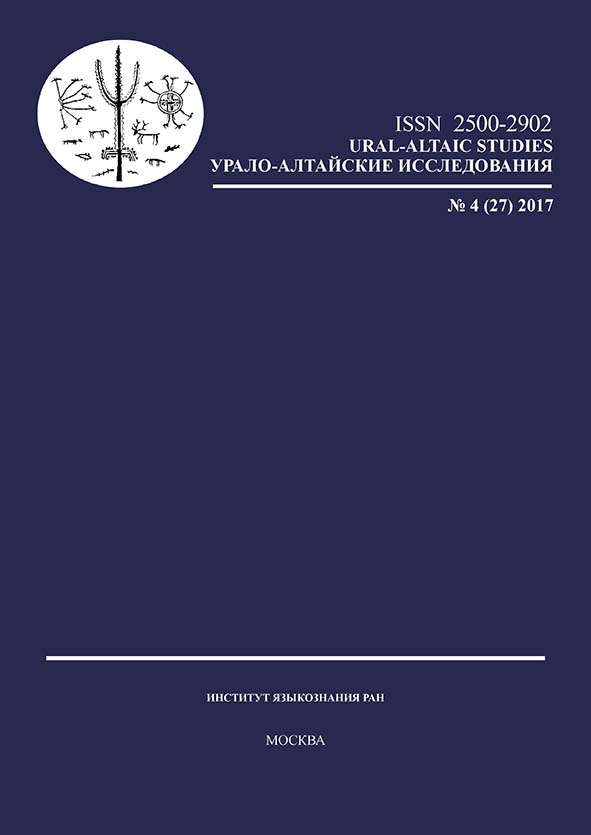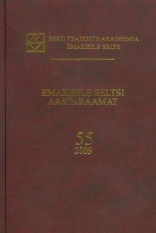Pronominal Doubling in Estonian Complex Wh-Questions
In recent years, the use of pronoun-doubling constructions as alternatives to standard long-distance wh-questions, where the wh-phrase is spelled out only in the matrix clause, has received substantial attention in research of syntactic variation. However, the doubling phenomenon has scarcely been studied in the Uralic languages. This paper concentrates on Estonian complex, i.e. bi-clausal, wh-questions that contain the bridge verb arvama ’think’ or ütlema ’say’ and where the subject or object, either animate or inanimate, is being questioned. An acceptability judgement test and corpus analysis were applied to determine which pronominal patterns and to what extent are attested in such interrogative sentences. Both identical and non-identical doubling appear to be common in Estonian, although identical doubling is restricted to inanimate subject/object questions (the pronoun mis ’what’ introduces both clauses), while non-identical doubling is preferred if a person is questioned (the matrix clause is introduced by the pronoun mis ’what’ and the subordinate clause by the pronoun kes ’who’). Proposing a tentative syntactic analysis for the different doubling patterns, I argue that partial wh-movement involving two independent wh-chains is generally favoured and it also underlies identical doubling. Long-distance wh-movement, on the other hand, turns out not to be freely permitted in Estonian.
More...





